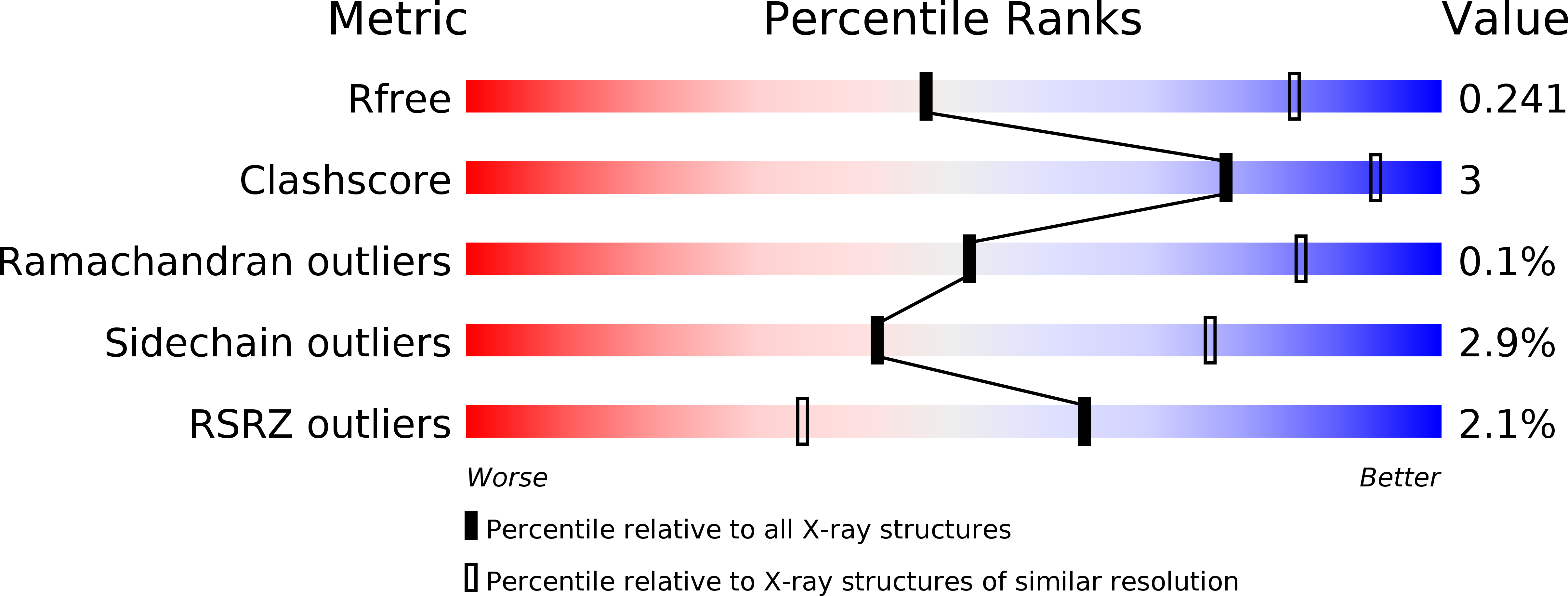
Deposition Date
2009-11-24
Release Date
2010-02-16
Last Version Date
2023-11-01
Entry Detail
PDB ID:
3KT8
Keywords:
Title:
Crystal structure of S. cerevisiae tryptophanyl-tRNA synthetase in complex with L-tryptophanamide
Biological Source:
Source Organism:
Saccharomyces cerevisiae (Taxon ID: 4932)
Host Organism:
Method Details:
Experimental Method:
Resolution:
3.00 Å
R-Value Free:
0.27
R-Value Work:
0.24
R-Value Observed:
0.24
Space Group:
P 61


